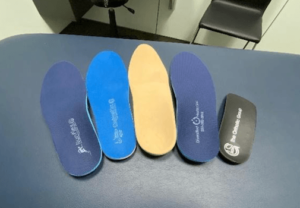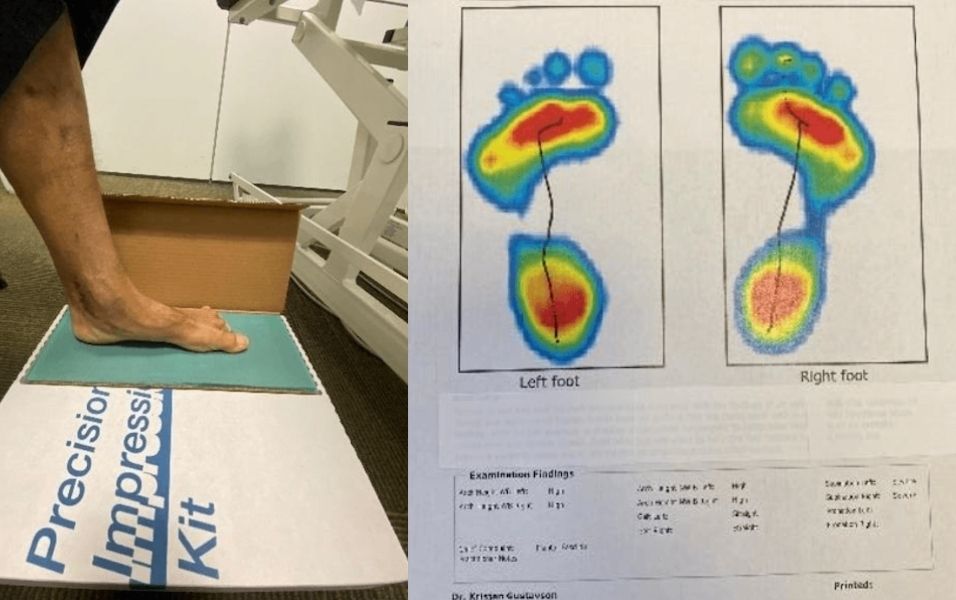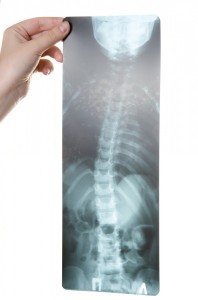Nothing throws a wrench in good plans quite like back pain. It’s hard to resume your normal activities and focus on anything else when your low back hurts.
The onset of back pain often looks similar to this scenario relayed to me by a friend:
It came on suddenly during my workout, but I didn’t do anything differently.
I can’t sit, I can’t stand, and I can’t get comfortable lying down.
My low back hurts like heck! Is there anything I can do besides rest, use ice, and take pain medication?
Does the above sound like you or someone you know?
If so, that’s because at any one point in time about 8% of the global population is dealing with low back pain. My friend had this happen to them and they were sore for weeks.
Before you start spiralling into the negative, let’s get you updated on what you need to know to help you better manage your back pain from the onset.
The first thing you need to know is that acute low back pain (low back pain that comes on suddenly) can be categorized into two areas: mechanical and non-mechanical.
The next thing you need to know about acute low back pain is that it does not discriminate. Young or old, fit or unfit, doing the same exercise for the first time or the one-hundredth time, it doesn’t matter! And wow, when your low back hurts, is it ever painful and debilitating in those first few minutes, hours, and days.
When your low back hurts, early intervention is key!
In Canada, physiotherapists are trained to assess and treat your low back pain from the minute the pain presents. They have the skills and training to differentiate between the two categories of low back pain and determine if you are a candidate for physiotherapy (mechanical low back pain) or whether a referral back to the medical world (non-mechanical) is required before you can start physiotherapy treatments.
In other words:
When your low back hurts, you do not need to wait to “feel better” or to see a GP/family physician first:
There’s no need to scramble to find a walk-in clinic spot or stress because you can’t get in to see your GP for weeks. Some of the exceptions would be if your insurance provider requires a doctor’s referral for physiotherapy (check with your insurance provider as all plans are different) or if you simply feel more comfortable seeing a physician first.
When it comes to the management of acute low back pain, the sooner you get in for an assessment and treatment the better the outcome. Although appealing; icing, resting on the couch, and taking pain medications lack support when it comes to getting you better faster. Instead, a few specific questions (subjective history) and performing a few simple orthopedic tests (objective assessment) with a physiotherapist can give you some answers and lessen the pain even after the initial visit.
Sounds promising right?
Well, it gets better. The latest scientific literature tells us that when it comes to acute low back pain doing nothing (aka lots of rest) is contraindicated, meaning that movement is a good thing! Pain is a good reason to avoid or eliminate certain things from your daily routine, but even in those early days of low back pain, we know that moving your body in a safe and guided way can lessen your low back pain and get you back to baseline sooner.
So, what does this all mean?
Get assessed, start customized treatment, get educated about the dos and don’ts of the kind of low back pain you have and ultimately build a home exercise program that is modified to your current pain levels.
Apply this Pro tip when your low back hurts:
A good quality home exercise plan will progress with you and meet your needs wherever you are on the spectrum of getting better. (As always consult your physiotherapist or primary care practitioner before you start any new exercises or at-home treatment. If you have any changes, concerns or questions regarding your low back pain, be sure to bring them to your health professionals’ attention right away).
👉🏼 Check out these acute low back exercises that Nicole demonstrates which most people experiencing acute mechanical low back pain are able to safely perform. 👈🏼
But let’s be honest, you’re in pain today and want to feel better yesterday, so don’t wait, make yourself a physiotherapy appointment now and get to the bottom of what’s causing your low back pain.
Meet Nicole Gros, One of Diversified Health Clinic’s Physiotherapists
Born and raised in Victoria, Nicole obtained a Bachelor of Science in Kinesiology with Distinction from the University of Victoria in 2010. After working as a Registered Kinesiologist, Nicole went on to complete her Masters in Physical Therapy degree at the University of British Columbia in 2013.
Nicole has been working as an orthopaedic and manual therapist at Diversified Health Clinic for 7 years. Her assessment and treatment sessions are patient-centred and focused on an evidence-based practice approach. Nicole offers a variety of treatment techniques including manual therapy, soft tissue work, IMS/Function Dry Needling, Shockwave therapy, K-Laser therapy, Graston, ultrasound, customized orthotics and patient-specific exercise programs.
Nicole’s comprehensive approach to relieving pain:
Nicole believes in a hands-on, one-on-one treatment approach that recognizes each patient as an individual. She believes strongly in delivering a holistic assessment and treatment by collaborating with her patients and other health care providers to optimize rehabilitation outcomes.
When Your Low Back Hurts, Book an Appointment With Nicole
To book with Nicole Gros, please contact the clinic at 250-382-0018 or book online at www.diversifiedhealth.janeapp.com.
#lowbackpain #physiotherapy #victoriaBC #homeexercises #therapy #mechanical #non-mechanical #painrelief #exerciserehab



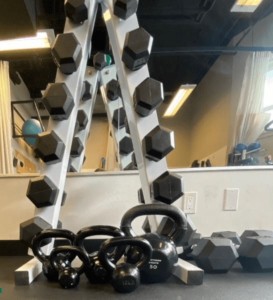
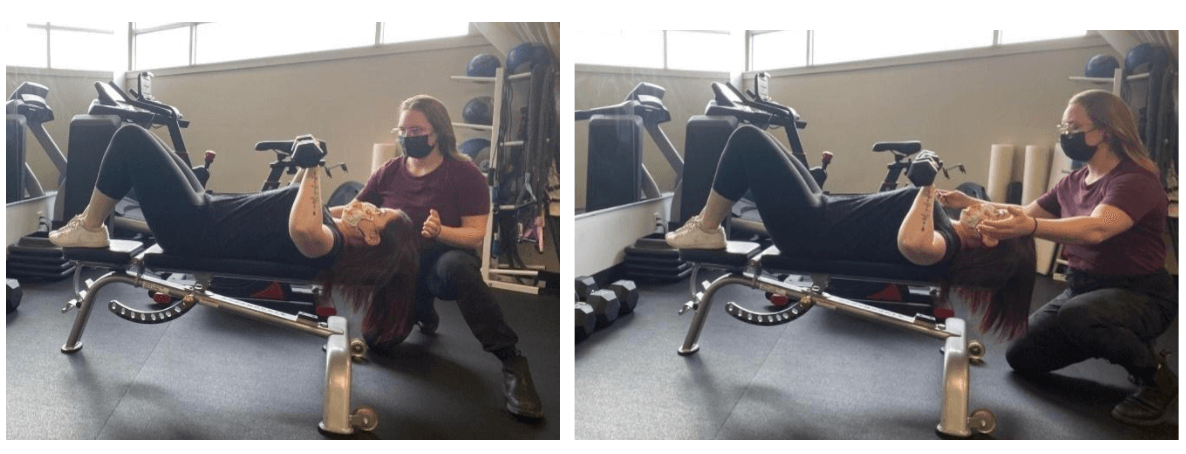
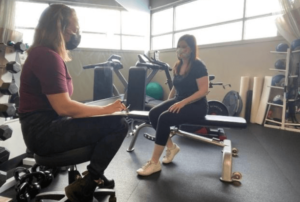

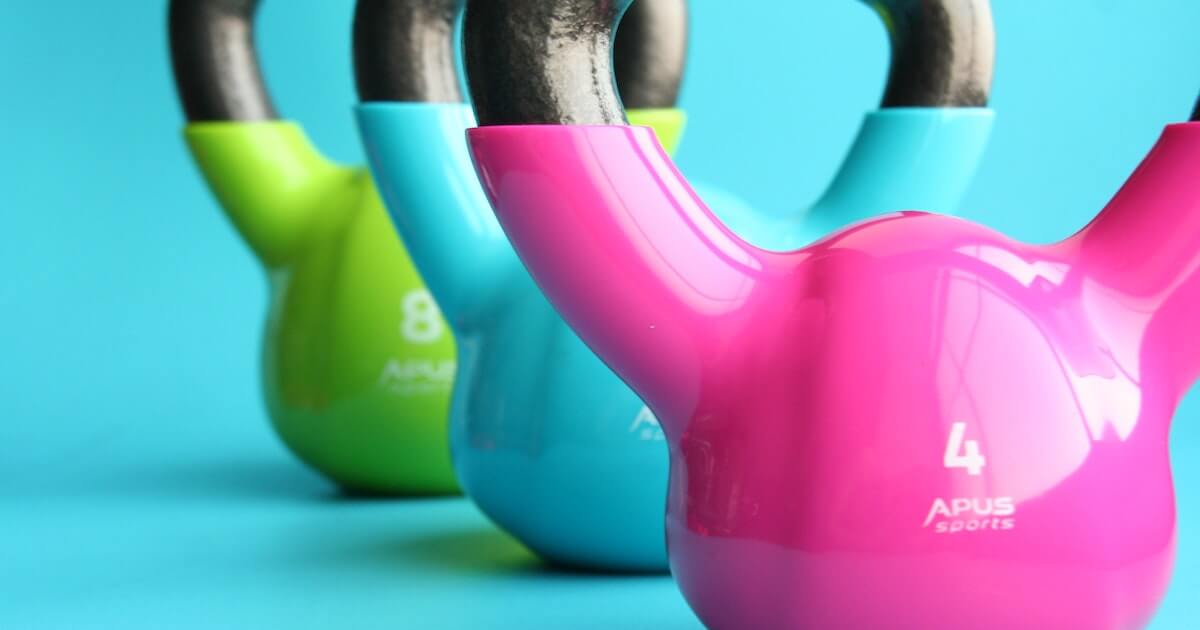





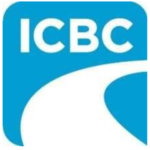
 Our multi-disciplinary team will work with you, with the ability to collaborate across treatment modalities to ensure you are getting the best treatment results. Our Diversified Health Team can evaluate, diagnose, and treat a wide range of conditions and injuries including:
Our multi-disciplinary team will work with you, with the ability to collaborate across treatment modalities to ensure you are getting the best treatment results. Our Diversified Health Team can evaluate, diagnose, and treat a wide range of conditions and injuries including:

